Palay prices start rising before import ban
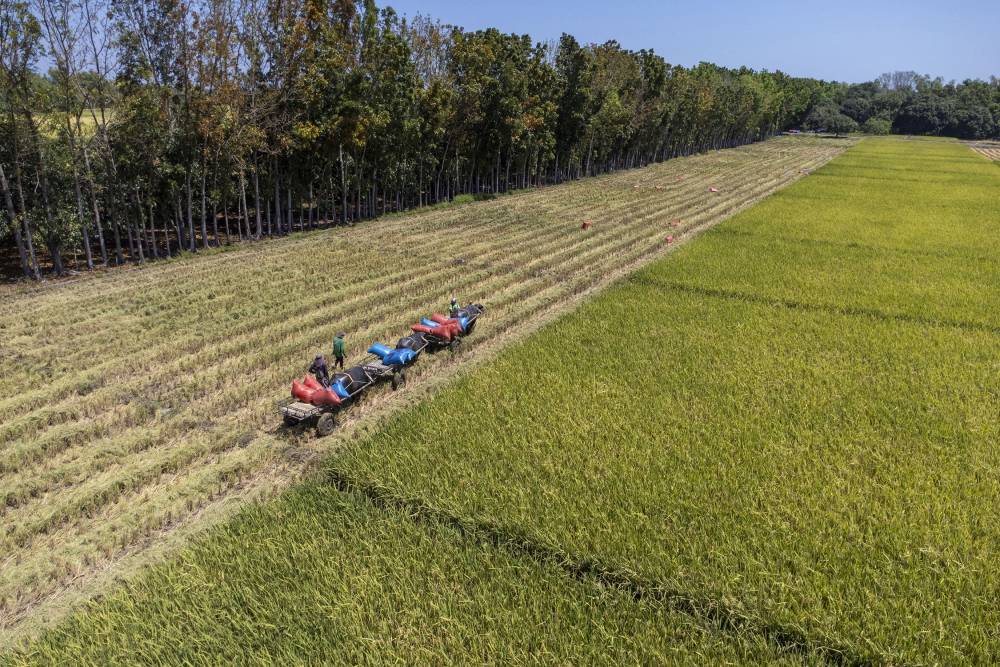
Prices of palay (unmilled rice) have started to rise in six of the 13 major rice-producing regions in the Philippines. This followed the announcement of a two-month import ban effective next month.
Traders’ buying prices for dry palay increased by 0.3 to 2.6 percent in Bicol, Central Visayas and parts of Mindanao since late July, according to the National Food Authority’s (NFA) monitoring. This was shortly before President Marcos ordered the suspension of rice imports.
Average palay prices ranged from P16.98 per kilogram (kg) in Central Luzon to P20.59 a kilo in Southern Mindanao.
The grains agency also said palay prices stabilized at P16.52 per kg in Southern Tagalog and P17.60 per kg in Western Visayas.
On the other hand, palay prices declined in other regions: Ilocos, Cagayan Valley, Eastern Visayas, Northern Mindanao and the Bangsamoro Autonomous Region in Muslim Mindanao (BARMM).
The lowest buying price was recorded in Cagayan Valley at P14.43 a kilo in Cagayan Valley, while the highest was reported in the BARMM at P21.67 per kg.
Mr. Marcos announced the enforcement of a 60-day import ban on the imported staple to stabilize prices and protect farmers from cheaper imported rice.
Effective Sept. 1, the ban applies to regular and well-milled rice only. Other varieties, including Japanese, black and basmati rice are exempt from the suspension.
Agriculture Secretary Francisco Tiu Laurel Jr. said the government is closely monitoring market reactions to the impending import ban. This stemmed from reports that palay prices dropped to as low as P8 per kilo. That is substantially lower than the estimated production cost of around P12 per kilo.
“We are watching the market’s response to the rice import suspension very closely,” Tiu Laurel said in a statement.
“If palay prices remain low during the ban, we may consider extending it, or recommend that President Marcos increase tariffs. And if prices of palay rise, we could shorten the ban,” he added.
“The objective of the import ban is to allow the price of palay [to rise] to a level that will give the farmers income, and the steady rise of palay price is a relief. We just hope that the other players in the industry will do their share by not taking advantage by spreading speculations,” NFA Administrator Larry Lacson said.
According to the Department of Agriculture, declining global prices due to various factors have encouraged importers to purchase more rice from leading suppliers, such as Vietnam.
These include India’s lifting of its export ban on nonbasmati rice last September, bumper harvests in major exporting countries, weaker demand from importers and reduced tariffs.
Before the President’s announcement, Agriculture Assistant Secretary Arnel de Mesa said earlier that retail prices should not immediately increase in light of the import restriction as the country is assured of sufficient production and supply.
Under the Rice Tariffication Law, the President is empowered to suspend or prohibit further importation for a limited period or a specified volume until both rice prices and supply stabilize.
All imported rice entering the country is slapped with a 15-percent tariff until 2028, subject to a review every four months, per Executive Order No. 62 signed by President Marcos in June last year.
About 2.58 million metric tons of imported rice arrived in the Philippines as of Aug. 7, based on the data from the Bureau of Plant Industry. Vietnam accounted for 7.9 percent of the total.


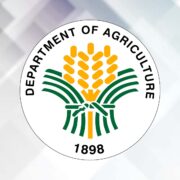

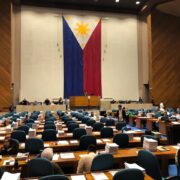



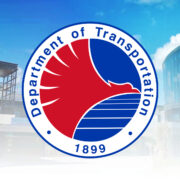


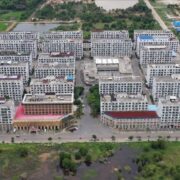




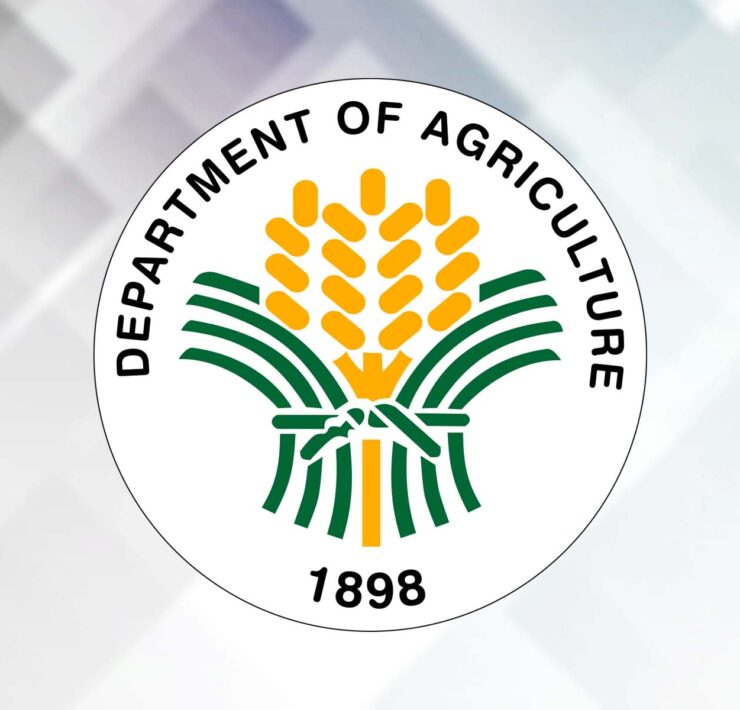

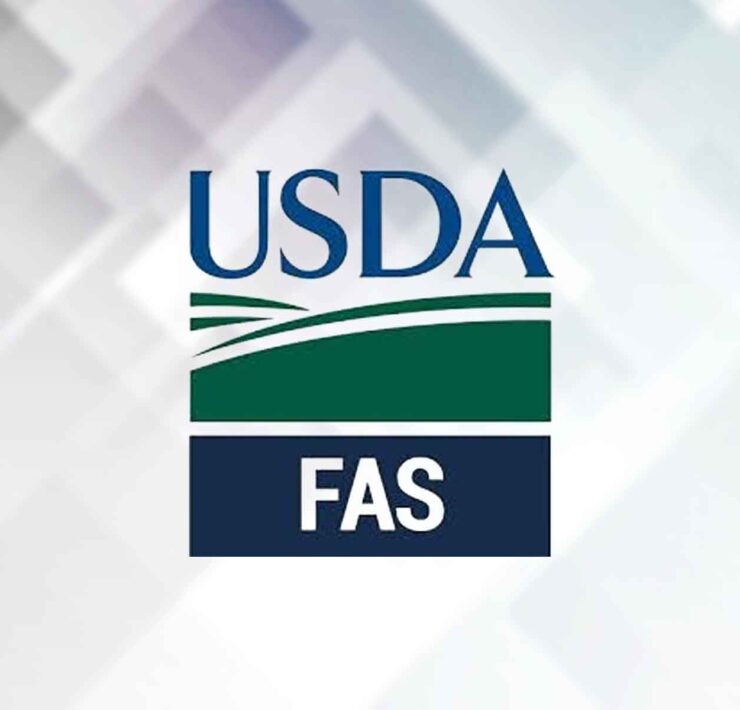


From flood control to farm-to-market roads